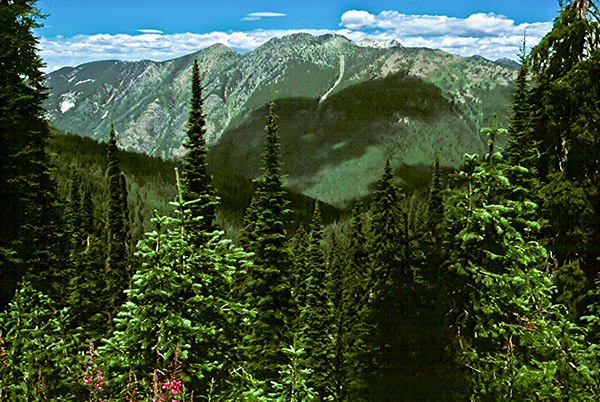Straight from wikipediaDoes anyone out there have evidence, as in documented facts, on what wolf species was actually introduced?
Yellowstone[edit]
See also: History of wolves in Yellowstone

Map showing wolf packs in the Greater Yellowstone Ecosystem as of 2002.
Grey wolf packs were reintroduced to Yellowstone National Park and Idaho starting in 1995. The subspecies native to the Yellowstone area prior to extirpation was the Northern Rocky Mountains wolf (Canis lupus irremotus) however the species that was reintroduced was the Mackenzie Valley wolf (Canis lupus occidentalis) though both subspecies were similar and their range overlapped across the region (needs citation). These wolves were considered as “experimental, non-essential” populations per article 10(j) of the Endangered Species Act (ESA). Such classification gave government officials greater leeway in managing wolves to protect livestock, which was considered one of a series of compromises wolf reintroduction proponents made with concerned local ranchers.



